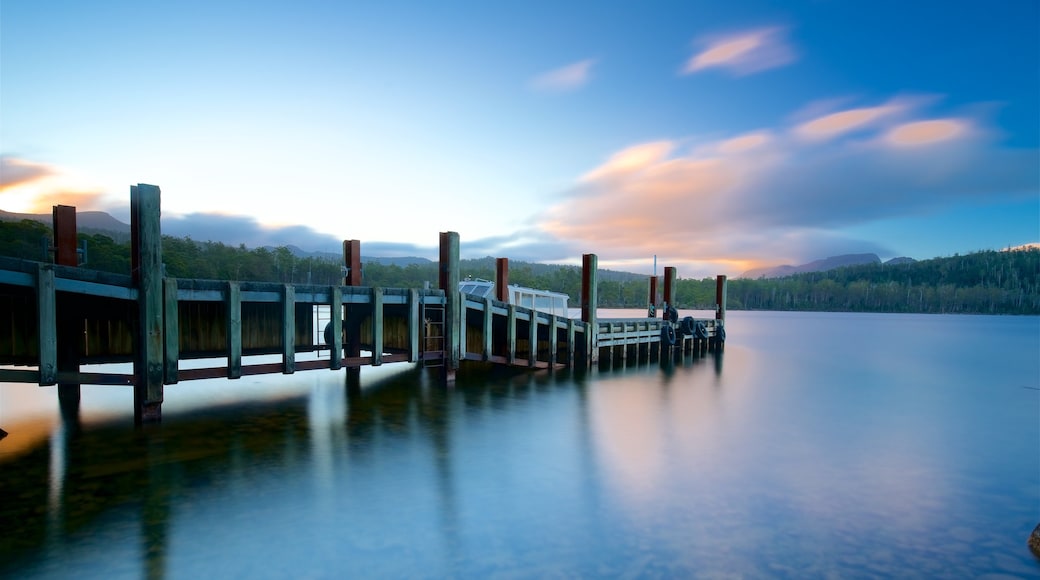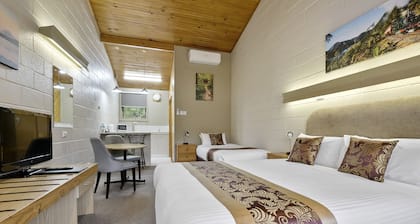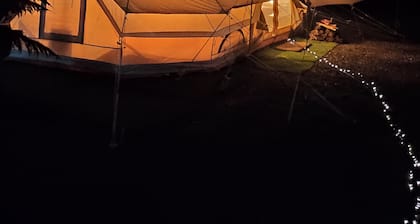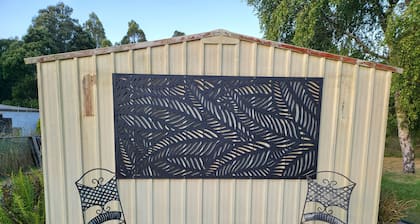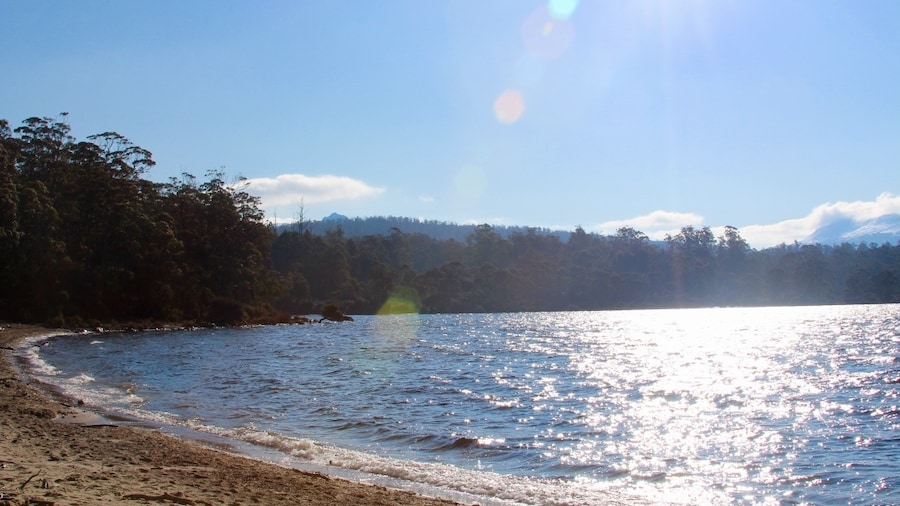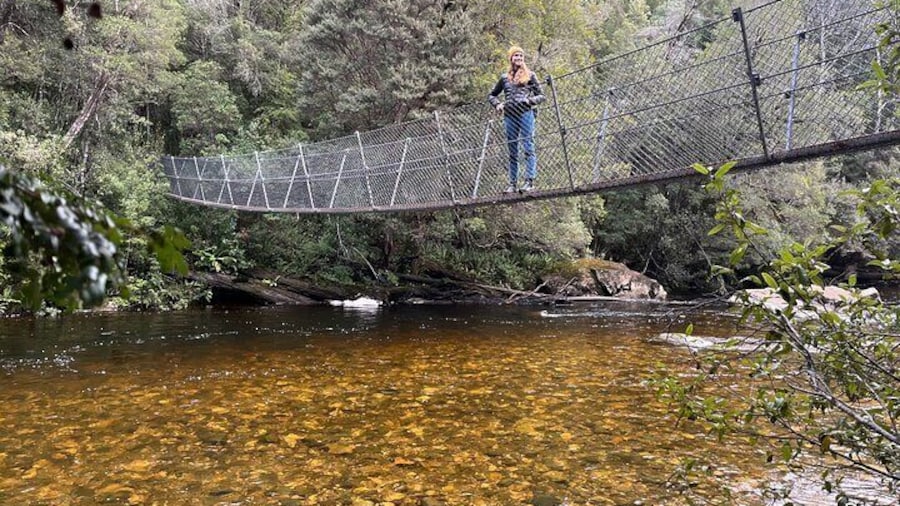Lake St. Clair is a great expanse of crystal clear water inhabited by platypus and fish. Echidna, Tasmanian devils and quolls feed on its banks while tourists flock here for the alpine landscape, ecotourism and adventure activities of the region. The pristine lake spans an enormous 45 square kilometres (17 square miles) at the southern end of the Cradle Mountain-Lake St. Clair National Park. The native flora that surrounds it is nearly untouched by introduced species. Visit for Tasmanian wilderness at its finest but not at its most remote.
Recent developments in the area have seen ecotourism boom. Today, Lake St. Clair is a popular destination for visitors from around the world looking to see the spectacular terrain with a bit of comfort. An eco-lodge on the banks of the lake allows visitors to the region to stay in private rooms with luxury amenities, just moments from the edge of the lake. The lodge also offers backpacker and camping accommodation. Dine at the lodge restaurant and sample wine from Tasmania’s premier wine regions at its bar.
Stop by the visitor centre to pick up hiking maps and park information. A number of trailheads begin at the visitor centre, including the popular Platypus Bay hike. Venture out on the 1.5-hour return hike in the hopes of seeing the elusive and incredibly shy platypus, a semiaquatic marsupial. A short walk from the visitor centre leads to the water’s edge where you can capture impressive photographs of the surrounding landscape.
Board the Lake St. Clair ferry from the eco-lodge to reach long-distance hikes that begin at the far end of the lake. Among these is the world-famous Overland Track, a week-long trek that takes in the majestic Cradle Mountain.
Fish for brown trout in the southern end of Lake St. Clair during trout season. Strict catch limits apply as the lake is entirely within the national park.
Reach Lake St. Clair from Launceston in approximately 2.5 hours by car. Some buses run from Launceston, Hobart and Devonport to the visitor centre, with more regular services during summer. There is a fee to visit the national park.




